Reducing digital distractions throughout the day can greatly improve focus and productivity. Simple strategies like setting specific times for checking emails or using apps that limit screen time can make a big difference. It’s also helpful to create a dedicated workspace free from digital interruptions. By being mindful of how and when you use technology, you can stay more engaged in your daily tasks.
Set Specific Times for Checking Emails
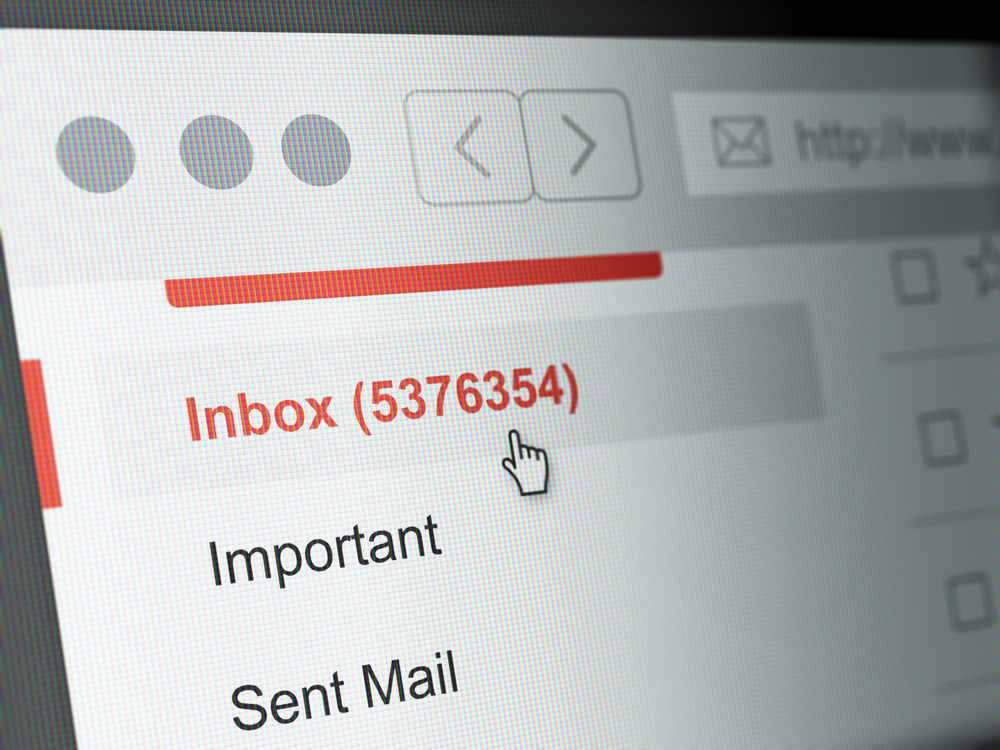
Designating specific times to check emails can significantly reduce interruptions. Rather than constantly checking your inbox, try setting aside a few times during the day for this task. This helps prevent the constant distraction of new messages and allows you to focus on other tasks. Over time, this habit can increase your overall productivity.
Use App Blockers
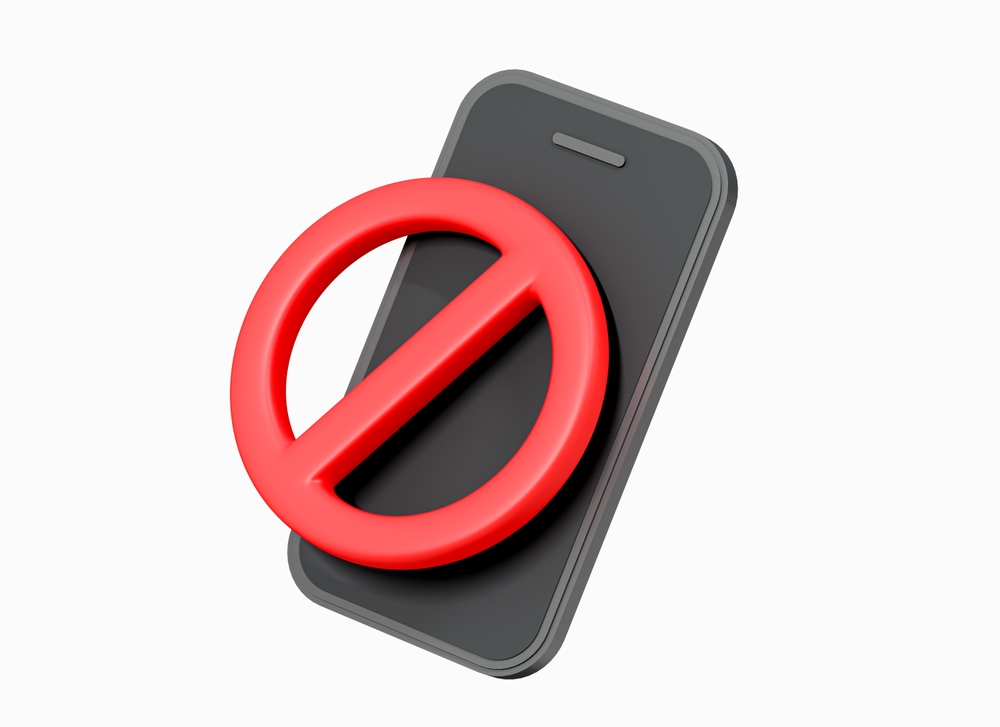
App blockers are tools that limit access to distracting apps during work hours. By setting up these blockers, you can prevent yourself from mindlessly scrolling through social media. They’re customizable, allowing you to choose which apps to block and when. This helps you stay focused on your work instead of getting sidetracked by your phone.
Create a Dedicated Workspace
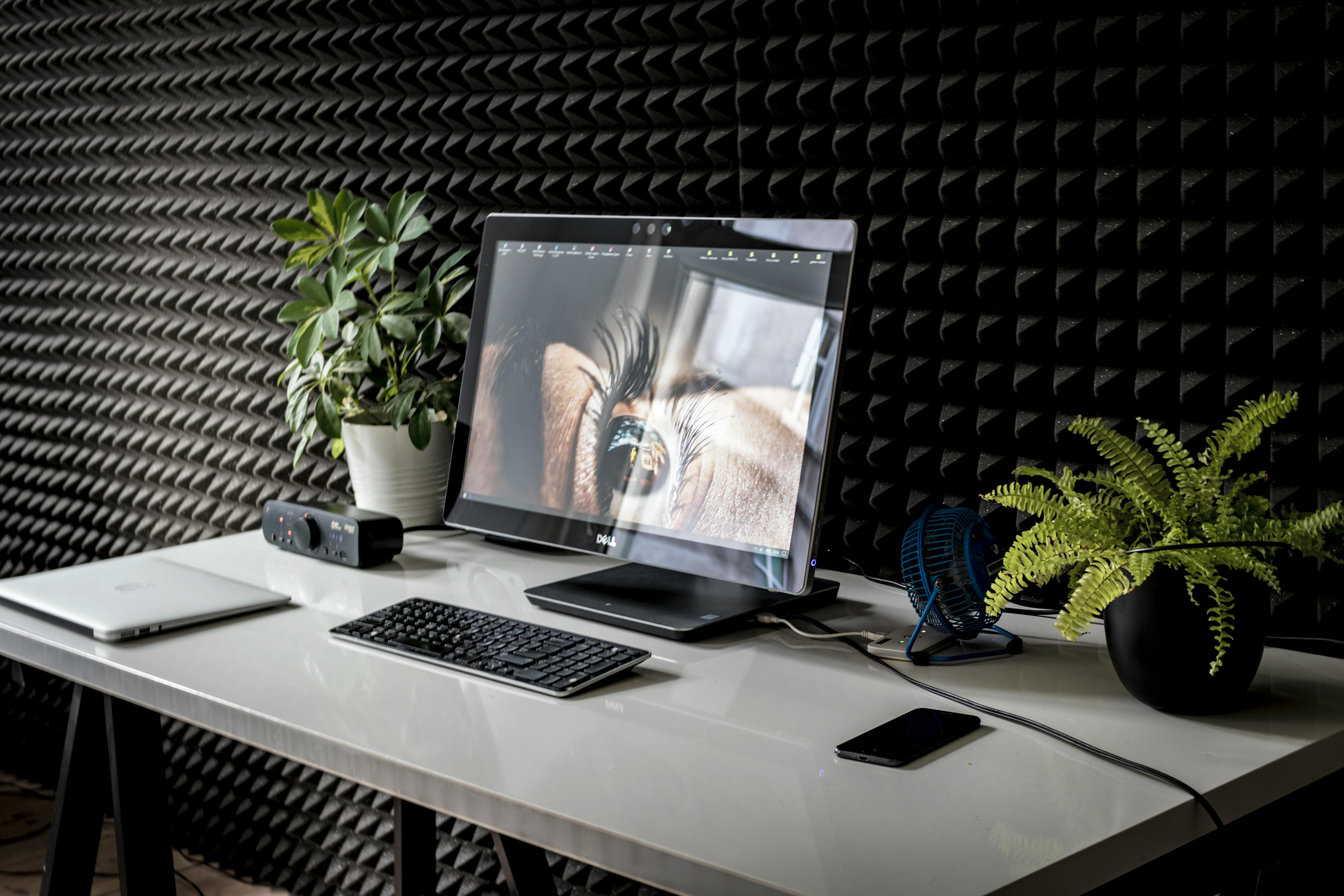
Having a specific area for work can help reduce distractions. When you work in a place that’s separate from where you relax, your mind can better focus on the task at hand. Make sure your workspace is free from unnecessary gadgets and clutter. This environment encourages concentration and reduces the temptation to check your devices.
Turn Off Notifications
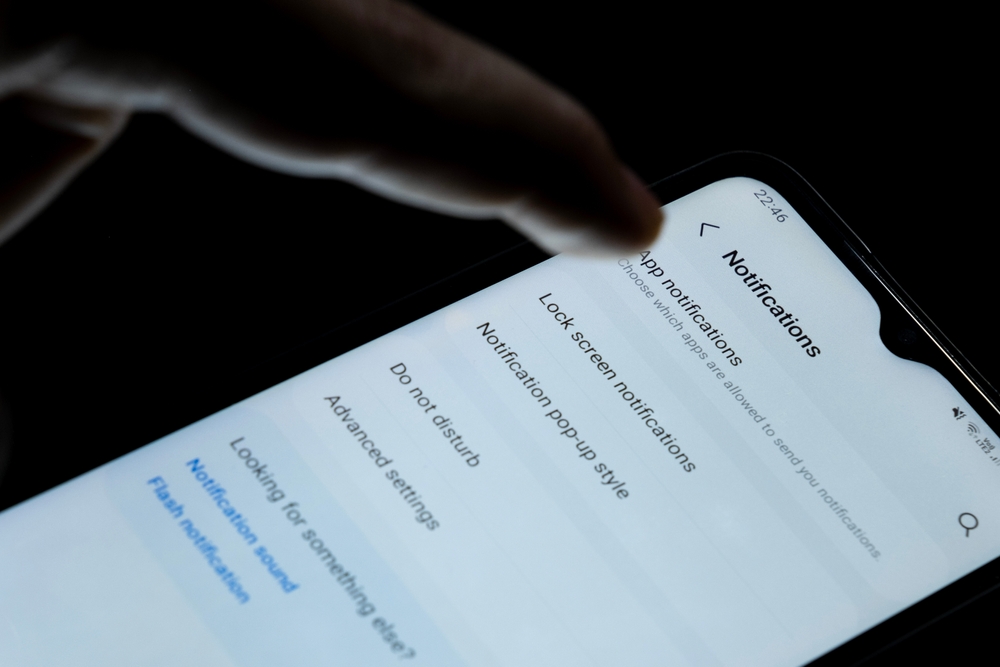
Notifications are a major source of digital distractions. By turning them off, you can prevent constant interruptions that pull you away from your work. You can always check your messages and updates later when you’re ready. This simple step can make a big difference in maintaining focus throughout the day.
Practice Mindful Technology Use

Being mindful of how and when you use technology can reduce distractions. Before reaching for your phone or opening a new tab, pause and ask yourself if it’s necessary. This practice helps you become more aware of your habits and can curb unnecessary digital distractions. Over time, it becomes easier to stay on task.
Establish Digital Boundaries

Setting clear boundaries with your devices can help you stay focused. For example, decide to avoid checking your phone during meals or after a certain time in the evening. These boundaries create a healthier relationship with technology. They also help you be more present in the moment.
Use Focus Modes or Do Not Disturb Features
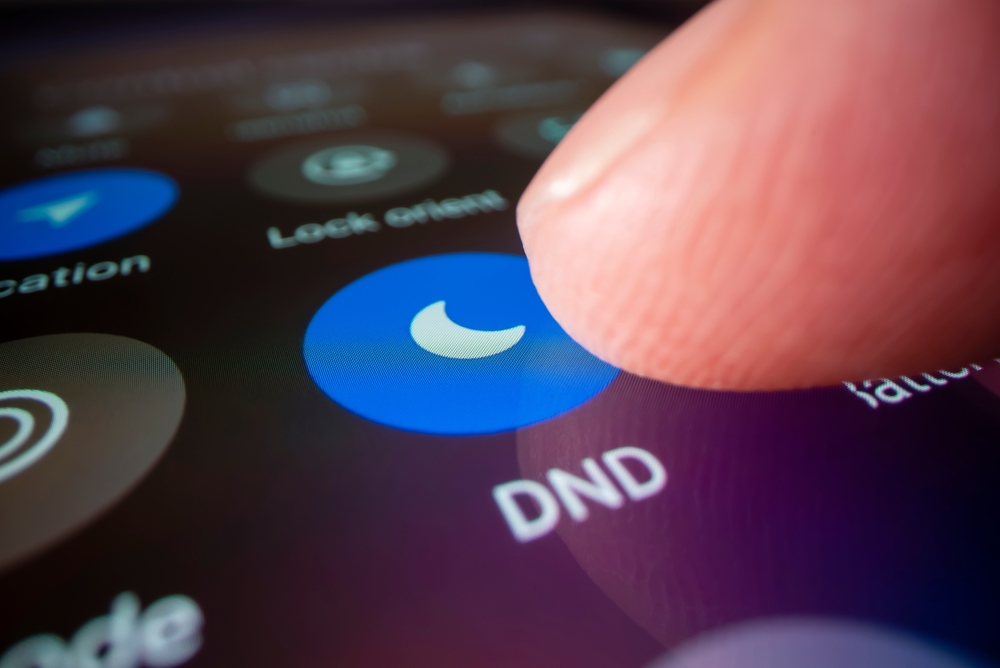
Most devices have built-in focus modes or Do Not Disturb features that limit interruptions. Activating these settings during work hours can help you concentrate on your tasks. You can customize these features to allow only important calls or notifications. This way, you can work without the constant ping of alerts.
Batch Similar Tasks Together
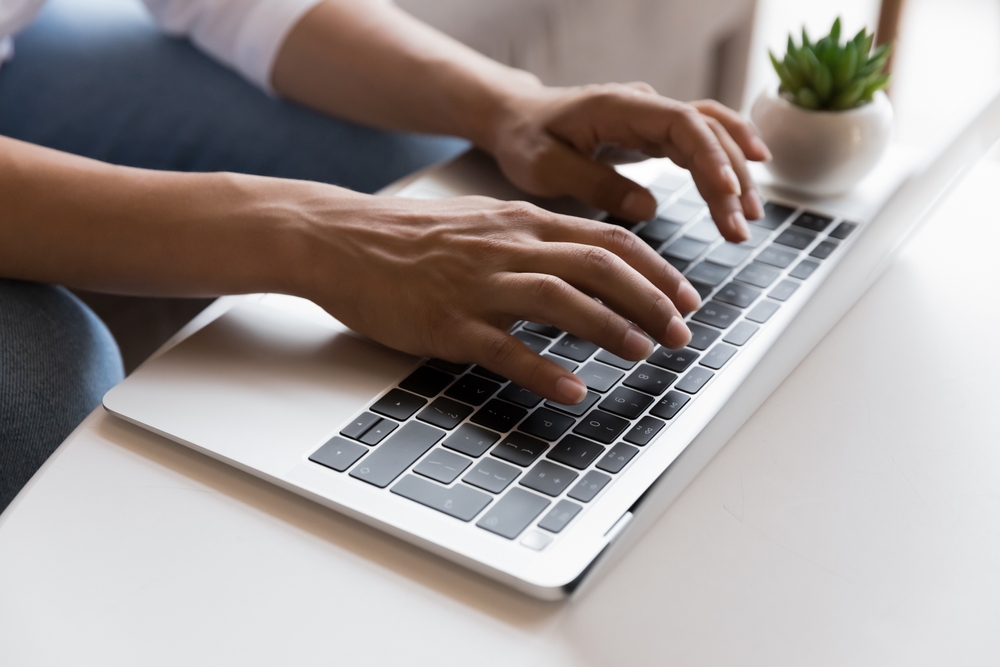
Grouping similar tasks together can reduce the need to switch between different types of work. For instance, respond to all emails at once instead of throughout the day. This minimizes the mental load and keeps you in a focused state. Task batching helps maintain momentum and reduces distractions.
Take Regular Breaks

Scheduled breaks are essential for maintaining focus. Short breaks allow your brain to rest, reducing the urge to check your phone or get distracted. Use these breaks to stretch, walk around, or do something non-digital. This routine helps you return to work refreshed and ready to concentrate.
Limit Social Media Use
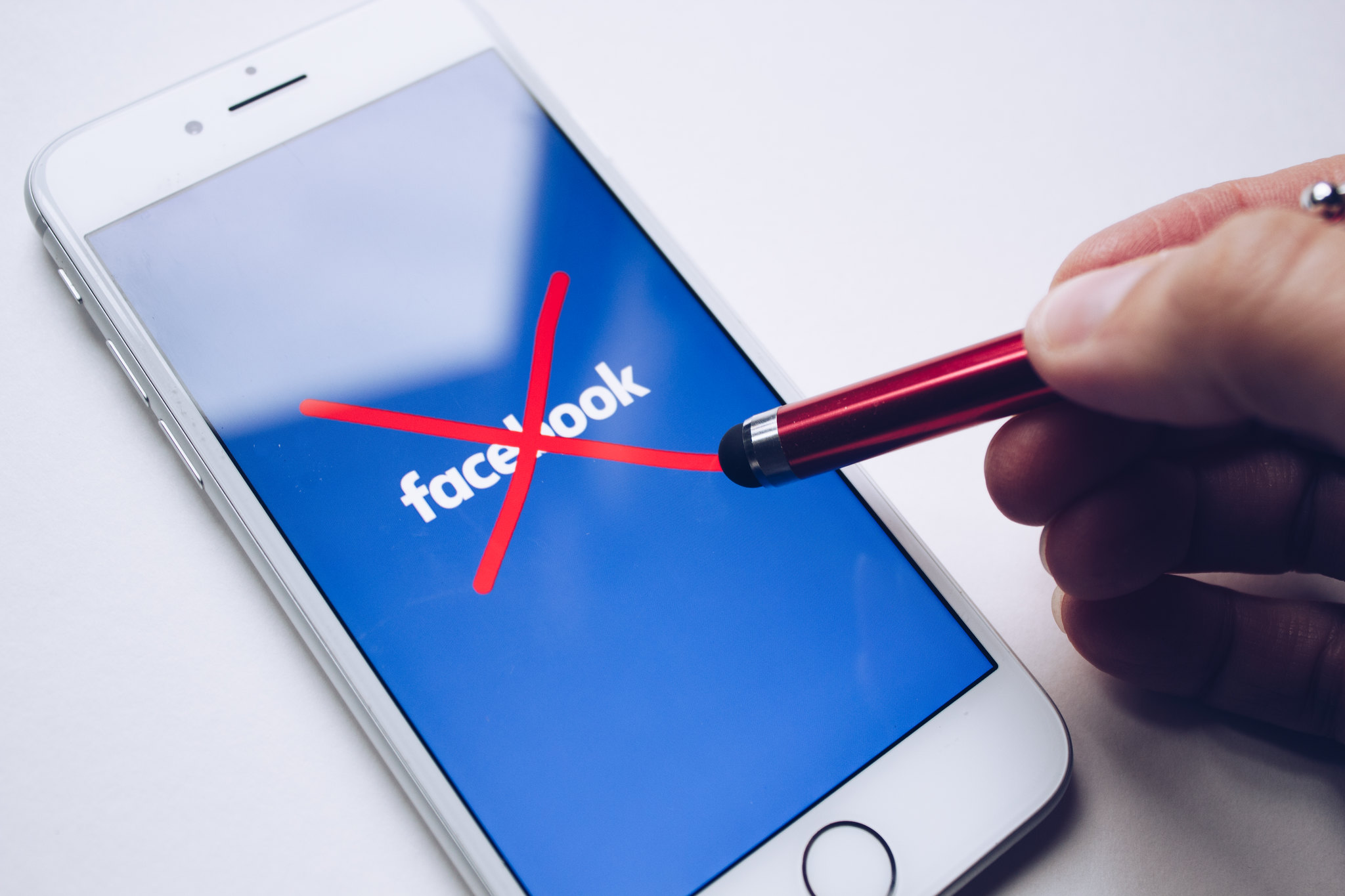
Social media can be a significant source of distraction. Set specific times to check your accounts, or use app limiters to restrict usage. By keeping your social media activity in check, you can avoid the endless scroll that takes you away from your tasks. This also helps you stay more present and engaged with your work.
Keep Your Phone Out of Reach
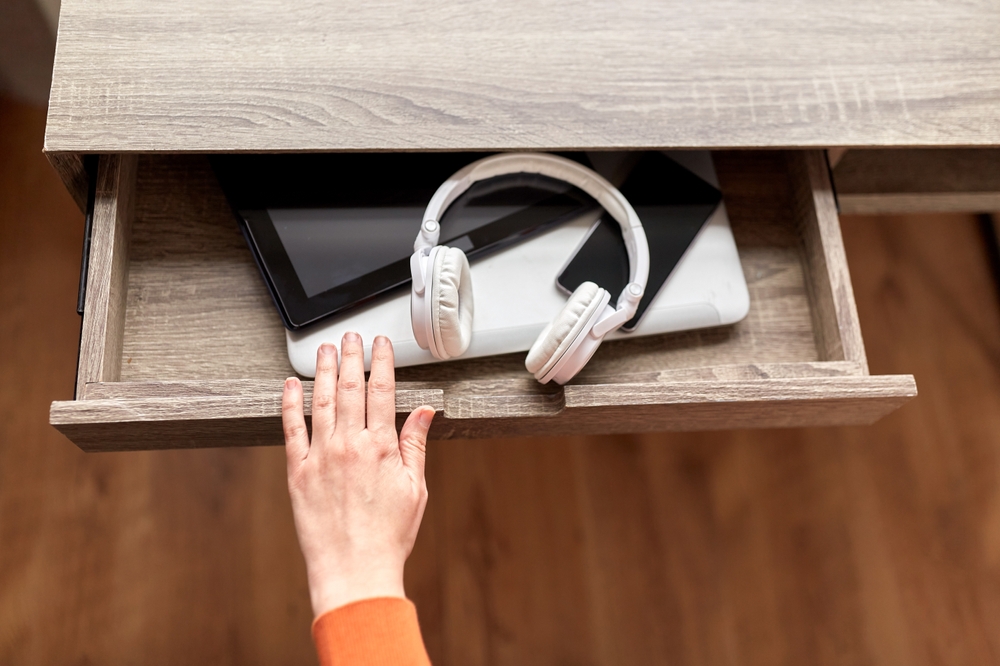
Keeping your phone out of arm’s reach can reduce the temptation to check it constantly. Place it in another room or in a drawer while you work. This simple change can prevent you from mindlessly picking up your phone when you’re bored or stuck. It helps maintain your focus on the task at hand.
Use Noise-Canceling Headphones

Noise-canceling headphones can help block out background noise and create a more focused environment. They’re especially useful if you work in a noisy or shared space. By reducing auditory distractions, you can concentrate better on your work. Plus, they signal to others that you’re not to be disturbed.
Schedule Time for Digital Detox

Regular digital detoxes can help reset your relationship with technology. Set aside time each week to unplug from all devices and focus on non-digital activities. This break from screens can reduce digital fatigue and improve your overall well-being. It also helps you return to your work with a clearer mind.
Prioritize Your Tasks
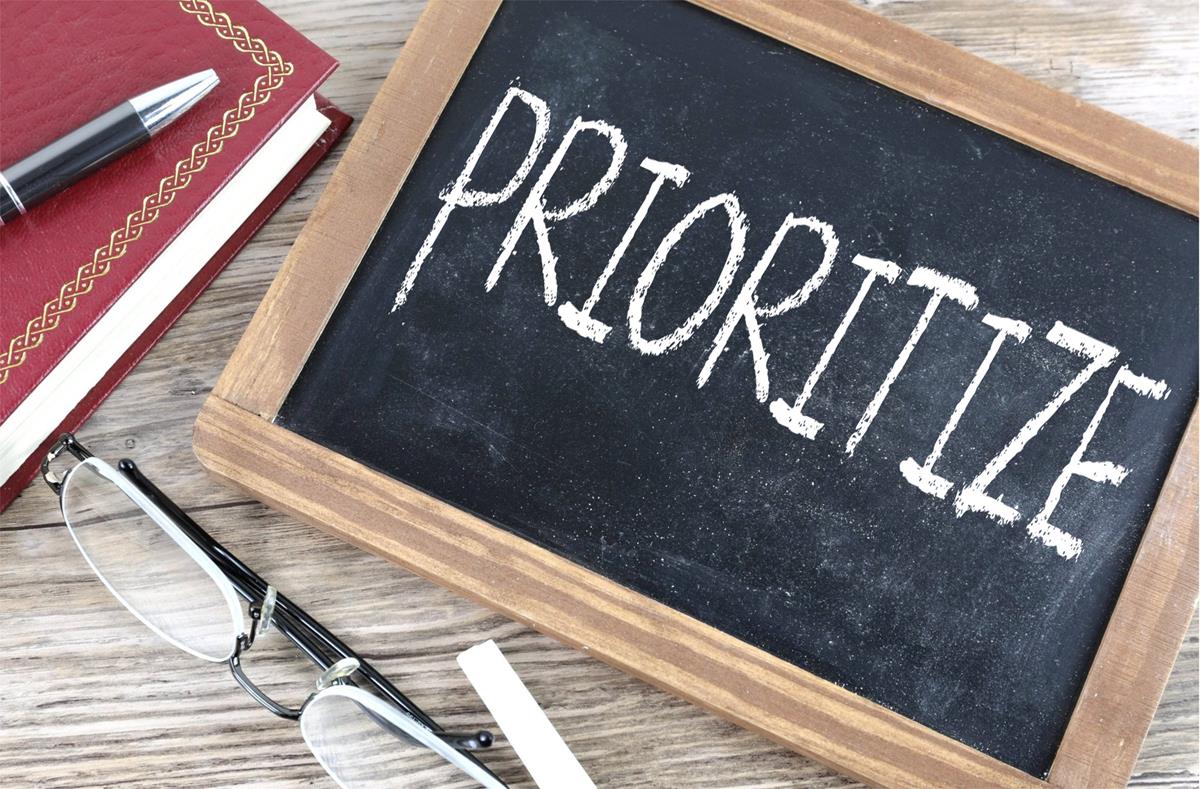
Prioritizing your tasks can help you focus on what’s most important. Start your day by identifying your top three tasks and work on them before anything else. This approach keeps you from getting sidetracked by less important tasks or digital distractions. It also ensures that you’re making progress on your most critical work.
Limit Multitasking

Multitasking often leads to more distractions and reduced productivity. Focus on completing one task at a time instead of juggling multiple tasks. This approach helps you give your full attention to each task, reducing the likelihood of digital distractions. It’s more efficient and leads to higher-quality work.
Use Analog Tools
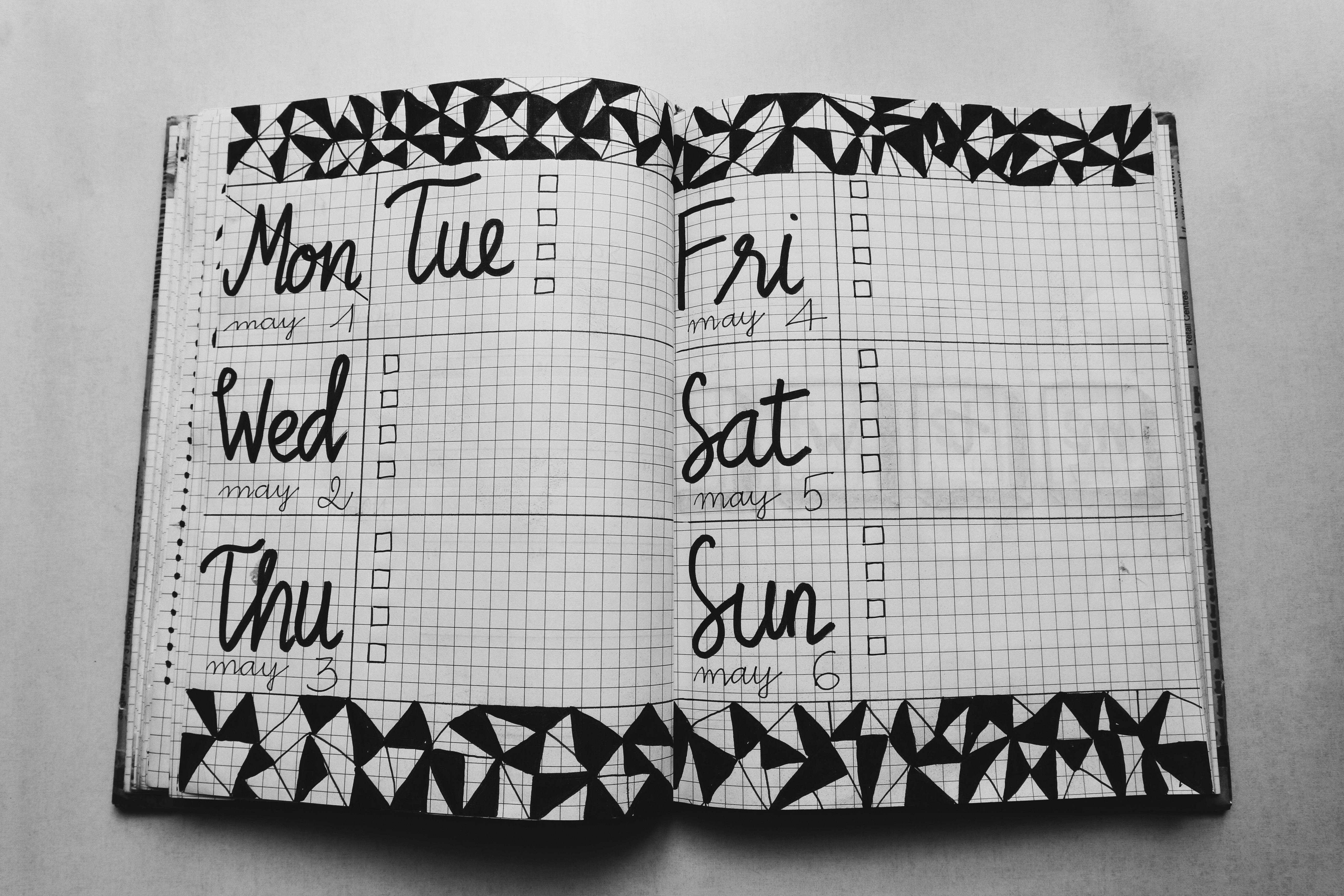
Using analog tools like notebooks or planners can reduce digital distractions. Instead of relying on digital to-do lists or calendars, try writing things down by hand. This keeps you away from screens and minimizes the chance of getting distracted by notifications or apps. Plus, the physical act of writing can help reinforce your focus.
Set Clear Work Hours
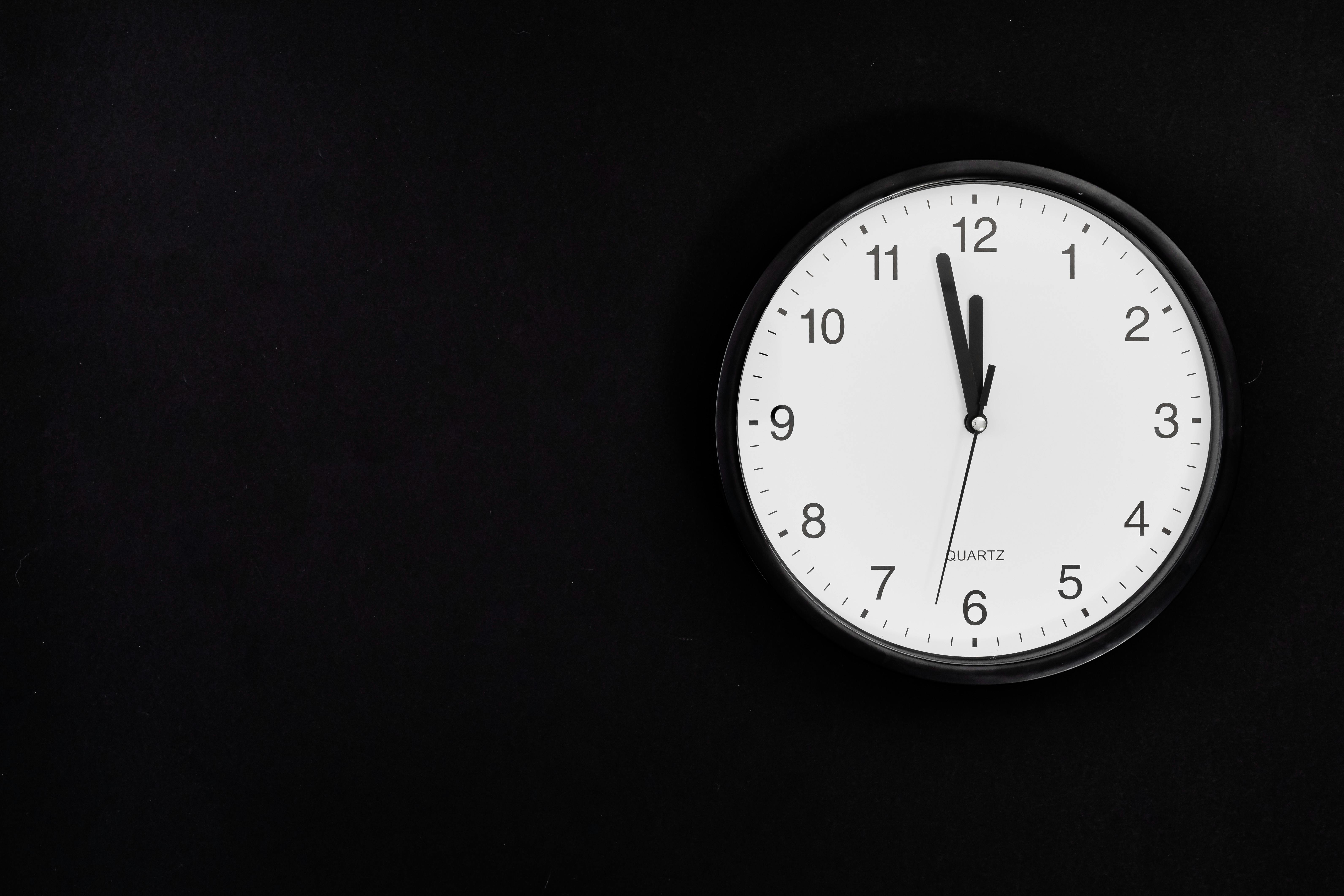
Having clear work hours can help you separate work time from personal time. During these hours, commit to staying focused and minimizing digital distractions. After work, give yourself permission to fully disconnect. This separation helps maintain a healthy work-life balance and reduces overall digital distraction.
Reflect on Your Digital Habits

Regularly reflecting on your digital habits can help you identify areas where distractions are creeping in. Take time to assess how you’re using your devices and whether it’s productive or distracting. This reflection can lead to better habits and a more mindful approach to technology use. It’s a valuable step in reducing digital distractions long-term.
This article originally appeared on UnifyCosmos.
More from UnifyCosmos
23 Iconic Concerts That Changed Music History

In this article, we explore some of the most legendary concerts that changed the course of music forever. Read more!
20 Subtle Signs Your Employer May Want You to Retire
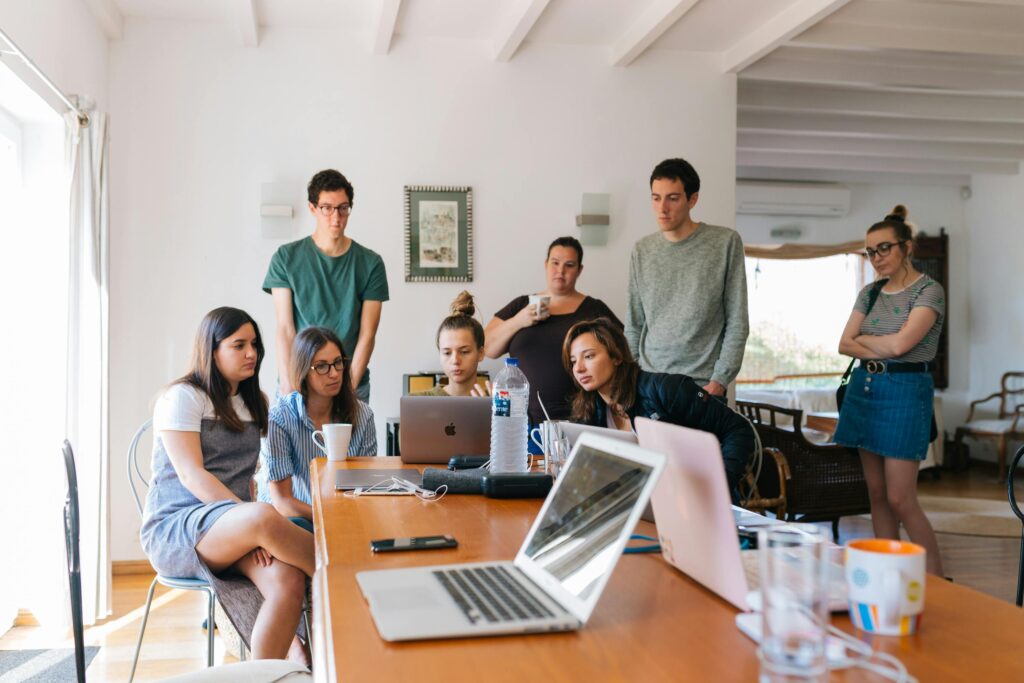
Noticing signs that your employer wants you to retire can be unsettling. It might start with subtle changes in your workload. Read more!
23 Hidden Gems in Australia`s Outback

If you’re looking to explore beyond the usual tourist spots, these hidden treasures will take your Outback adventure to the next level. Read more!
Leave a Reply